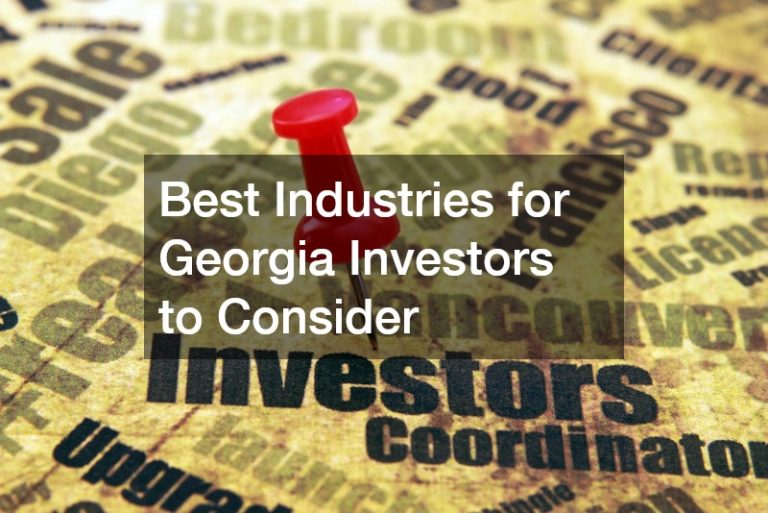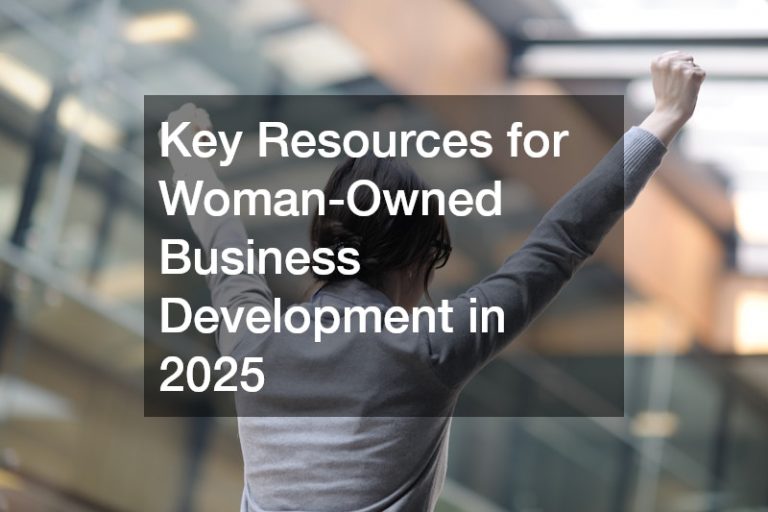

Over $24 billion are spent each year by U.S. Exhibitors on trade shows. According to B2B’s “2014 Marketing Outlook” study, events are the second largest area of growth in media spending. The average company will allocate almost one-third of its marketing budget to events such as trade shows and exhibits, and yet 70% of them set no specific objectives for their trade shows.
One of the first steps in trade show management is to determine your objective for attending the show. Half of the 200 largest trade shows held in the U.S. occur in one of only three cities: Las Vegas, Chicago, or Orlando. Chances are your business isn’t located in Las Vegas, Chicago, or Orlando, so attending a major trade show exhibition will mean travel expenses on top of the costs of trade show booth designs and paraphernalia. Having a clear goal in mind when you start your trade show management planning is important to determine if the benefits of attendance outweigh the costs.
Once you’ve determined if a trade show exhibition is right for you, the second step in trade show management should be how to optimize your booth designs for trade shows. U.S. trade show visitors spend an average of 9.5 hours viewing exhibits. When you consider that and the fact that for every 100 square feet of exhibit space at U.S. trade shows there are approximately 2.2 visitors, it’s easy to see the importance of standing out from the crowd. Planning your trade show exhibit display is an essential part of any trade show management process. To help you optimize your future booth designs and ensure you catch the eye of your audience, we’ve answered some common trade show exhibit booth design questions:
- What font should I use for my exhibit?
Your font should be easy to read but unique to you. In general, sans-serif fonts like Helvetica are considered the easiest to read. Sans-serif fonts are ones which don’t use serifs, or the small lines seen at the ends of letters. Whichever font you choose, be it serif or sans-serif, it should also convey your brand’s style. Everything in a display booth design is a direct reflection of your company and will directly affect customers perception of your business. Take the time to pick a font or fonts you feel best represents your company. - How many fonts are too many?
Avoid using more than two or three different fonts at one time. Instead of maximizing the number of fonts on your exhibit display, maximize the quality and effectiveness of the fonts you use by choosing wisely and sizing appropriately. - What size should my font be?
A good rule of thumb for font size is to increase the height of the font by one inch for every foot of space between viewers and your display. For instance, if your goal is to have your display comfortably read from 10 feet away, you should add 10 inches to the font size. - How should I incorporate graphics into my trade show display?
Depending on how far away viewers will be standing from your trade show display exhibits, you may need to use three different types of trade show graphics: long-range, medium-range, and short-range. Long-range graphics should be placed as high as possible in your exhibit booth design, but take care that you stay within trade show regulation limits when you do so. Aim to place medium-range graphics above eye-level at approximately six to eight feet above the floor. Short-range graphics should be no higher than six feet from the floor and ideally no lower than five feet. - How much white space should I leave in my trade show graphics?
Trade show booth design graphics should be 40% empty space. Sounds counter-intuitive, doesn’t it? You want to send the biggest message possible with the space allotted so why would you want to leave almost half of it blank? The answer is because what your message doesn’t say is as important as what it does say. Let your silences speak for themselves; just make sure they’re saying what you want them to say. If you struggle, you can always consult a booth design company. They specialize in creating custom exhibits that speak volumes without overwhelming viewers.




